
Robyn Mackenzie/iStock/Getty Images
All thoughtful, well-prepared antipasto platters have one thing in common: variety. Different textures, flavors and colors give antipasti personality, and you can determine how much care a restaurant or host puts in their platters by the cheese. Three or four well-chosen cheeses offering contrasts in texture, aging and milk type are far more effective than six or seven unfocused choices. You can break down texture, aging and milk type into several subsets, notably robustness, nuttiness, mildness and suppleness, to create a balanced selection.
Anchoring with Hard Cheese

HandmadePictures/iStock/Getty Images
Hard, robust and granular best describe Parmigiano-Reggiano, the godfather of Italian cheese. You should make Parmigiano-Reggiano the anchor of the antipasto cheese; eaten on its own or with salumi, comfiture or vegetables, it ties all the antipasto components together. Parmigiano-Reggiano doesn't have an equal. But if you want an alternative that marries antipasto ingredients, go with Grana Padano, a grainy, nutty cow's milk variety, or a pecorino romano made with cow's milk.
Soft and Semi-Soft Options
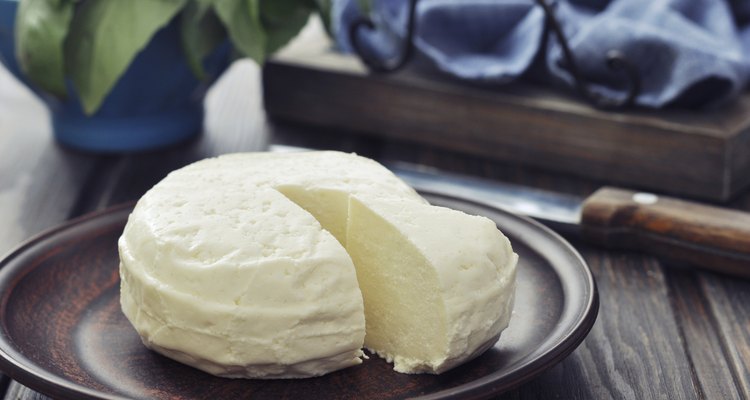
tashka2000/iStock/Getty Images
Italian softs and semi-softs are typically a couple months old and have mild to moderately high tanginess; their creaminess lingers on the palate, and sets up the palate for a contrasting follow-up bite of peperoncino or other brined, piquant ingredients. Bel paese, a cow's milk variety regarded for its buttery flavor, doesn't spread easily but pairs comfortably with crisp, tart fruit. If you want something spreadable, look for paglietta piemontese, a mild cow's milk variety, or paglietta osella, its bold, tangy counterpart.
Sheep and Goat Cheeses
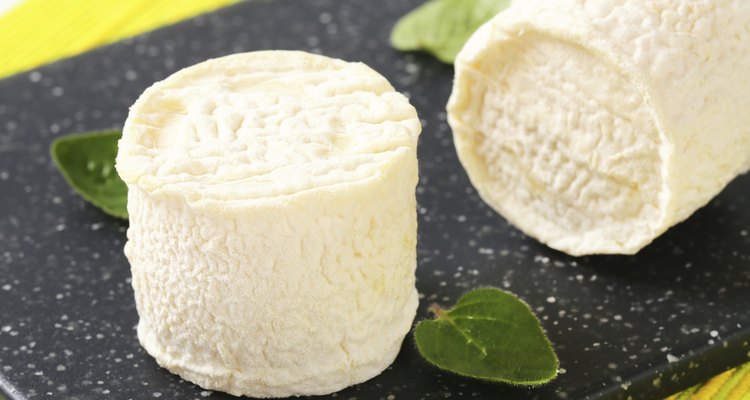
vikif/iStock/Getty Images
The taste of cheese made from goat's and sheep's milk differs so remarkably from cow's milk -- and from each other -- that one of them deserves representation in an antipasto. Mild sheep's milk cheeses, such as crotonese and brinata, have a touch of tanginess and a flavor redolent of walnuts. Goat's cheese, known for its musky, gamey flavor and aroma, are well-represented by a hard caprino Aspromonte or caciottona capra, a firm, crumbly variety that has an earthy flavor when young and a complex, piquant flavor when aged.
Wine Pairings

Christopher Robbins/Digital Vision/Getty Images
Serve average-quality wines with antipasto cheeses. Quality cheese overpowers exquisite wine -- the formaggio is mightier than the fermentazione, as it were -- and detracts from the sensory experience of both. Average doesn't mean poor quality, but as a general guideline, don't spend more than $15 on a bottle of wine you plan on serving with cheese. When you pair wine with cheese, go with contrast. For example, pair a crisp, fruity chardonnay with a sharp Asiago, or a robust Bordeaux blend with mild bel paese.
Related Articles

Substitute for Shredded Parmesan Cheese

How to Arrange Party Trays of Cheese & ...

What Makes a Cheese Mild, Medium or ...
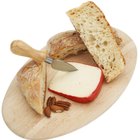
A List of Dutch Cheeses
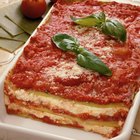
Can I Use Queso Fresco in Lasagna?

What Kind of Crackers Do I Serve With ...
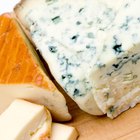
How to Crumble Gorgonzola Cheese

What Do You Snack on With Gin and Tonic?

What Food Pairs Well With Sangria?

Which Cheeses Go With Honey Ham?

Desserts to Pair With Cabernet ...

Manchego Cheese and Nutrition

Cheeses Similar to Feta

Can You Eat the Skin on Muenster Cheese?

How to Cook Elbow Macaroni in Milk

How Can I Get Brie to the Right ...

The Difference Between Fresh Cheese & ...

Types of Pasta Sauces With Tortellini

How to Bake Sicilian Ziti

How to Make Homemade Flavored Cheese
References
Writer Bio
A.J. Andrews' work has appeared in Food and Wine, Fricote and "BBC Good Food." He lives in Europe where he bakes with wild yeast, milks goats for cheese and prepares for the Court of Master Sommeliers level II exam. Andrews received formal training at Le Cordon Bleu.
Photo Credits
Robyn Mackenzie/iStock/Getty Images